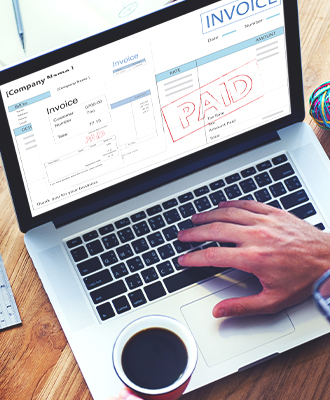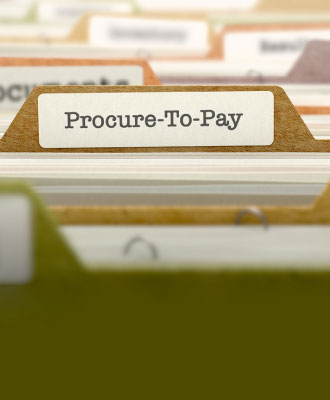How liquid is your business? Knowing the answer to this simple question can make all the difference when you’re planning and pursuing new initiatives, strategic growth, or product innovation. Understanding your working capital ratio will help you turn the bottom line on your balance sheet into the fuel for your company’s current and future endeavors.
Defining Your Working Capital Ratio
From your balance sheet, divide your current assets into your current liabilities. The result is your working capital ratio, also called a current ratio.
Current assets ÷ Current liabilities = Working Capital Ratio
Along with the quick ratio (used to measure a business’ ability to meet short-term financial obligations), days sales outstanding (the average number of days required to collect payment following a sale, abbreviated DSO), the cash conversion cycle (used to measure the time needed to convert inventory into cash flow from sales) and the operating cash flow ratio (used to compare a company’s cash flow generated by operations to short-term debt), the working capital ratio is deployed as a liquidity ratio.
These ratios are used to measure your company’s ability to meet its present financial obligations.
Working capital rises and falls along with your current assets. The opposite is true of your current liabilities, which decrease working capital as they grow and increase it as they contract. In some cases, working capital is obtained through financing (e.g., credit lines, traditional loans, overdrafts, letters of credit, etc.) rather than generated from revenue.
A working capital ratio can be evaluated as follows:
- Less than 1.0: A company cannot meet its current financial obligations. Liquidity problems are likely in the near or immediate future. This may also be referred to as a negative working capital ratio.
- 5 to 2.0: Short-term liquidity is optimal. The company is on firm financial footing and has positive working capital.
- 0 and above: While high working capital is definitely preferable to low in most cases, a current ratio that’s too high can actually be a sign of underutilized capital. Assets that could be deployed to generate additional revenue are instead simply accumulating, leading to a poor return on assets (ROA) and a potentially negative impact on your company’s perceived profitability.
“Working capital management requires coordinated efforts to optimize both inventory and accounts receivable in order to illustrate one aspect of actual liquidity.”
The Importance and Limitations of the Working Capital Ratio
Any business that can’t cover its outstanding financial obligations is headed for major problems, including layoffs, loss of valuable contracts, and even bankruptcy. That’s why, despite its role as only a part of the total liquidity profile of your business, the working capital ratio is essential to effective financial planning, and why working capital management is a critical part of maintaining and improving your company’s overall financial health.
Working capital management requires coordinated efforts to optimize both inventory and accounts receivable in order to illustrate one aspect of actual liquidity.
For example, a company might have a solid net working capital 1.8, but a very sluggish average collection period for accounts receivable. Or perhaps they have a slow inventory turnover ratio (i.e., the rate at which your business processes inventory into paid receivables through sales).
In the case of receivables, an excessively long collection period might indicate bad debts that will possibly remain unpaid, or a need for internal process improvement. A slow inventory turnover rate, by comparison, often creates a falsely optimistic picture for those who count high inventories (which aren’t always readily liquidated) as the lion’s share of their company’s current assets.
Both of these potential problems can cause delays in availability of actual liquid assets and turn paper-based liquidity into a desert of financial ruin.
On the other side of the coin, small businesses (and, really, companies of all sizes) relying on outside infusions of cash from credit lines, loans, etc. may have a ratio that skews lower than it actually is. They draw assets from creditors only as needed to cover outstanding obligations and show lower net working capital as a result.
Consequently, the value of a working capital ratio is highly dependent on how well you’ve managed to streamline your accounts receivable function, credit, and inventory management.
These tasks are made much easier, and accuracy is greatly improved, with the use of (for example) automation-focused purchasing software. But generally speaking, the working capital ratio is best viewed as a rough guide to liquidity, refined by the additional calculation of the cash conversion cycle and other liquidity ratios.
Get a Lock on Your Liquidity
It’s only part of the total liquidity picture, but the working capital ratio is a solid place to start when you’re measuring your company’s financial health. Make it part of your financial workflow, and ensure you have the capital you need to carry your company into a sunny and successful future.
Better Procurement Processes Can Help Improve Your Working Capital Ratio
Find Out How








